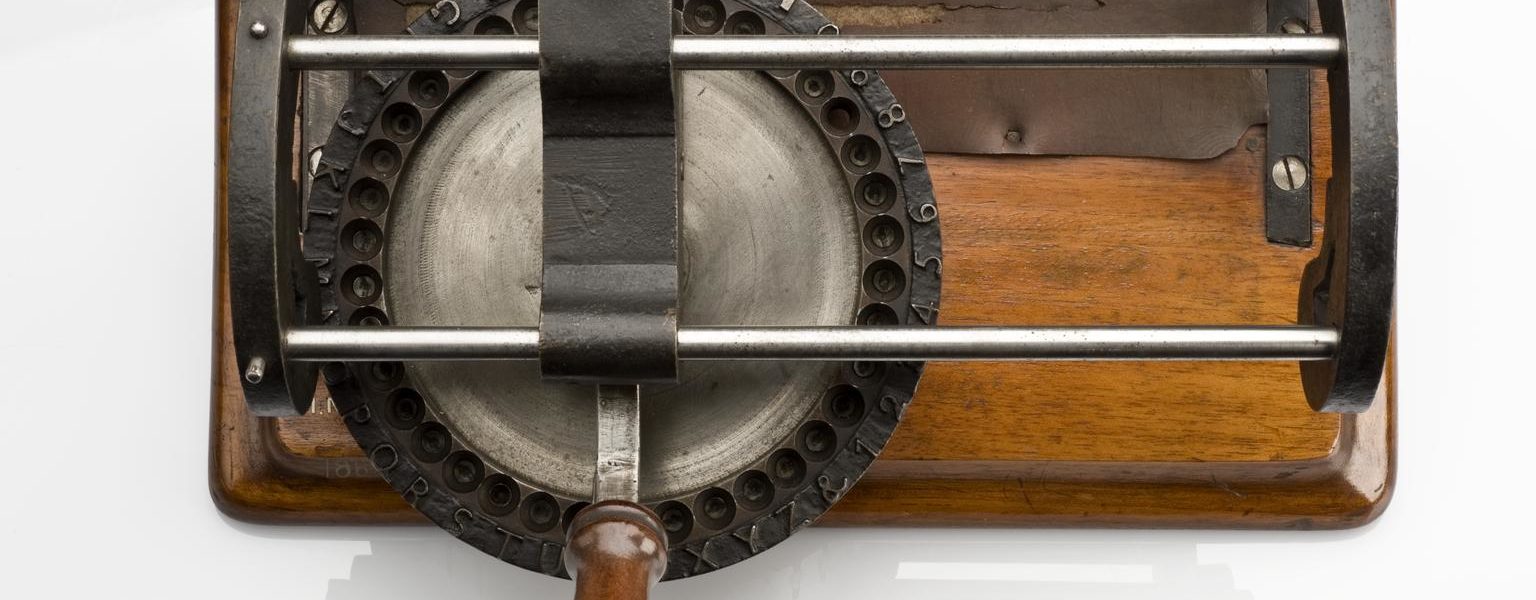A new technology emerged and several different formats competed to become the global standard. The victor went on to become a household name, while the losing candidates became obsolete.
I could be talking about any number of recent communication technologies (like, say, Bluetooth, the standard for short-range wireless data exchange). In fact, this post is about an equally revolutionary advance in communication, from the 19th century: the invention and spread of tactile alphabets for blind people.
I recently became interested in tactile alphabets when researching my book The Language Lover’s Puzzle Book. I wanted to include several puzzles in which the reader is asked to decipher words in unfamiliar writing systems.

Braille was the winner of the battle of the blind alphabets. Indeed, such is the dominance of Braille that before I started my research I assumed it was the only one (at the end of this post is the Braille puzzle that appears in my book).
However, I learned that during the 19th century there were many competing systems, such as the Frere tactile system, invented by Englishman James Hatley Frere in which letters were written with embossed lines and circles. Many books which used the Frere system are part of the Science Museum Group Collection.
Another Englishman, William Moon, devised a tactile alphabet where the embossed letters were derived from their shapes in Latin script. Because the letters needed to be large enough to distinguish them, books of ‘Moon type’ were extremely long: the Moon version of the Bible was 4,000 pages long!
The Science Museum Group Collection has a few machines from the 19th century that helped blind people write before Braille caught on, such as John Martin’s apparatus from 1862, and a Swedish machine from 1871.

The Braille alphabet was invented in 1824 by 15-year-old French schoolboy, Louis Braille, who had learned about a French military code of dots and dashes impressed onto thick paper that enabled soldiers to communicate at night.
Braille’s system was to represent each letter by a number of dots in a 3 x 2 domino grid. When he died, aged 43, his alphabet had not even been adopted by the French blind community. It was only in the decades after his death that its use spread across France and to the UK and the rest of the world.
Braille won out because it was the best system: it could be read fastest, and had a very clear and efficient system for punctuation.

In fact, the method that ascribes the pattern of dots to each letter is based on a logical principle, which makes Braille perfect for a decipherment puzzle.
Here is the one that appears in my book, The Language Lover’s Puzzle Book.
Pizzas and vermouth
Here are three sentences in Braille. The large black dots represent embossed letters. The smaller dots show how each letter is built within a six-dot domino grid:

Write out in Braille:
Bring 40 pizzas and vermouth, Mark!
To complete this problem you will need to fill out the table below. You will see that I have put ‘w’ in the bottom-right corner. That’s because in French spelling the ‘w’ almost never appears.

And here is a clean grid that you could copy to write out the answer:

